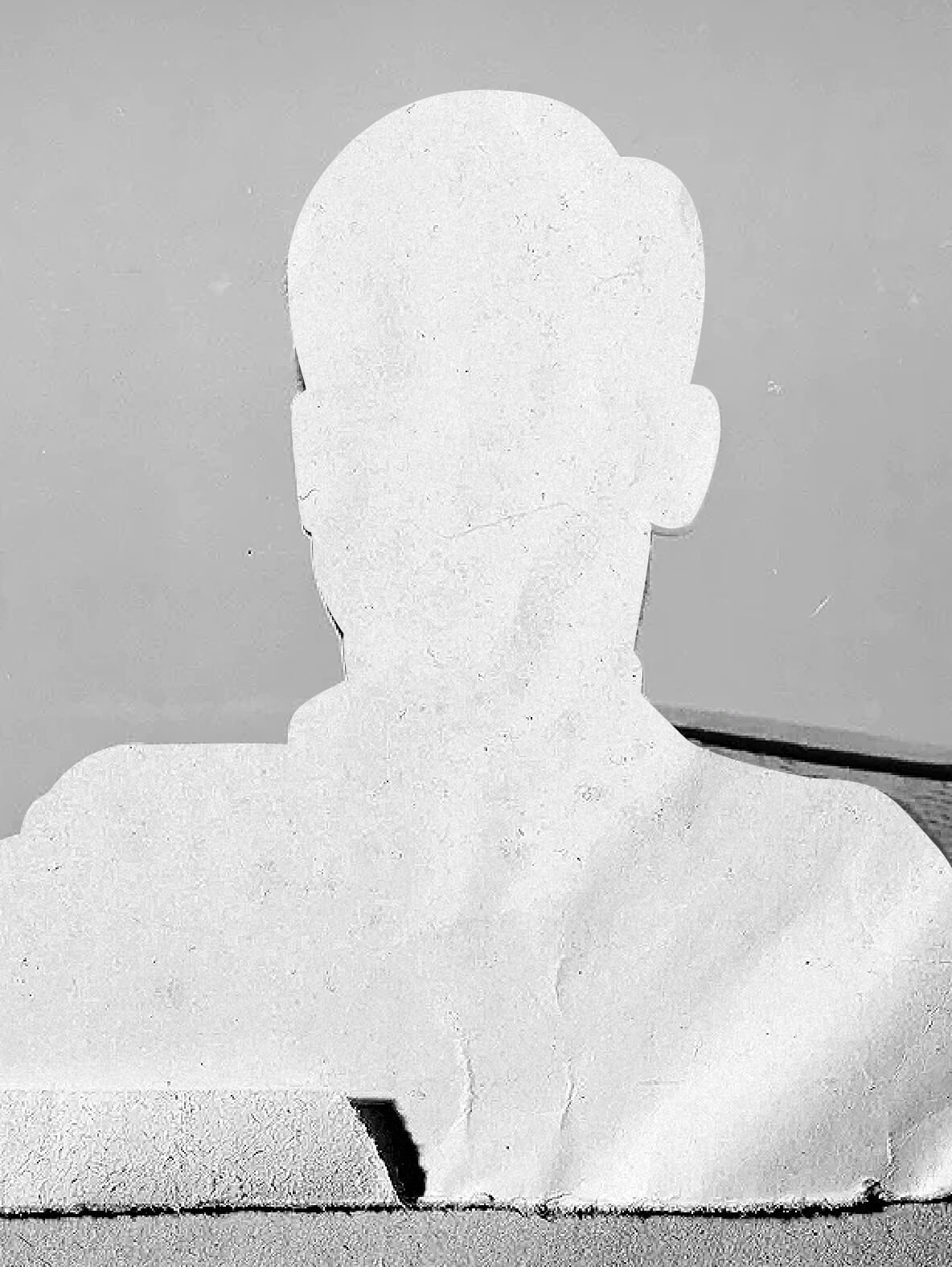Kuti Kupferstein Imre

Újfehértó, 1894? - 1944, Auschwitz
The Life
Even though we know very little about the life of Kuti Kupferstein Imre, we know two things: that he studied painting and that he led the Artists’ colony in Makó. And maybe these two are the most important pieces of information we need to know and remember about the artist.
The Art
His art, shrouded in a nostalgic and historical atmosphere, is strongly influenced by his master, Rudnay Gyula.
When Life becomes a number
Kuti Kupferstein Imre studied painting at the School of Fine Arts in Budapest under master Rudnay Gyula, between the years 1923 and 1928.
Later, the master commissioned him to lead the Artists' colony in Makó, where he worked in 1927. His artistic and personal life was abruptly interrupted by the mass extermination of Jewish people during WWII when his identity was also terminated. In the concentration camp, he was no longer Kuti Kupferstein Imre but detainee number 136928.
Looking up to his master
Kuti Kupferstein Imre´s style was greatly influenced by Rudnay Gyula. At the base of it all, he respects the values of figurative painting, although his work evolved in a different direction after graduating from under his master´s wing. Unfortunately, we don't know in which direction his style evolved, or if he had a career as an artist, but from a few of his works, including Bacchanalia (painted probably around his years of study), one can see the so-called epigonism or the strong influence of Gyula. Rudnay painted a whole series of bacchanal scenes, often in a historic setting and cloudy atmosphere. This kind of composition is matched by Kupferstein´s work, making his composition and dramatic range of colors entirely dependent on the master´s style.
A painter of the truth
He was an emblematic personality of the Hungarian interwar art scene. His paintings depict the Hungarian society both looking towards the movements of the modern world and failing to reconcile with the challenges of identity caused by the territorial losses in WWI. He aims to shed light on tradition through a nostalgic historical atmosphere in every painting.

